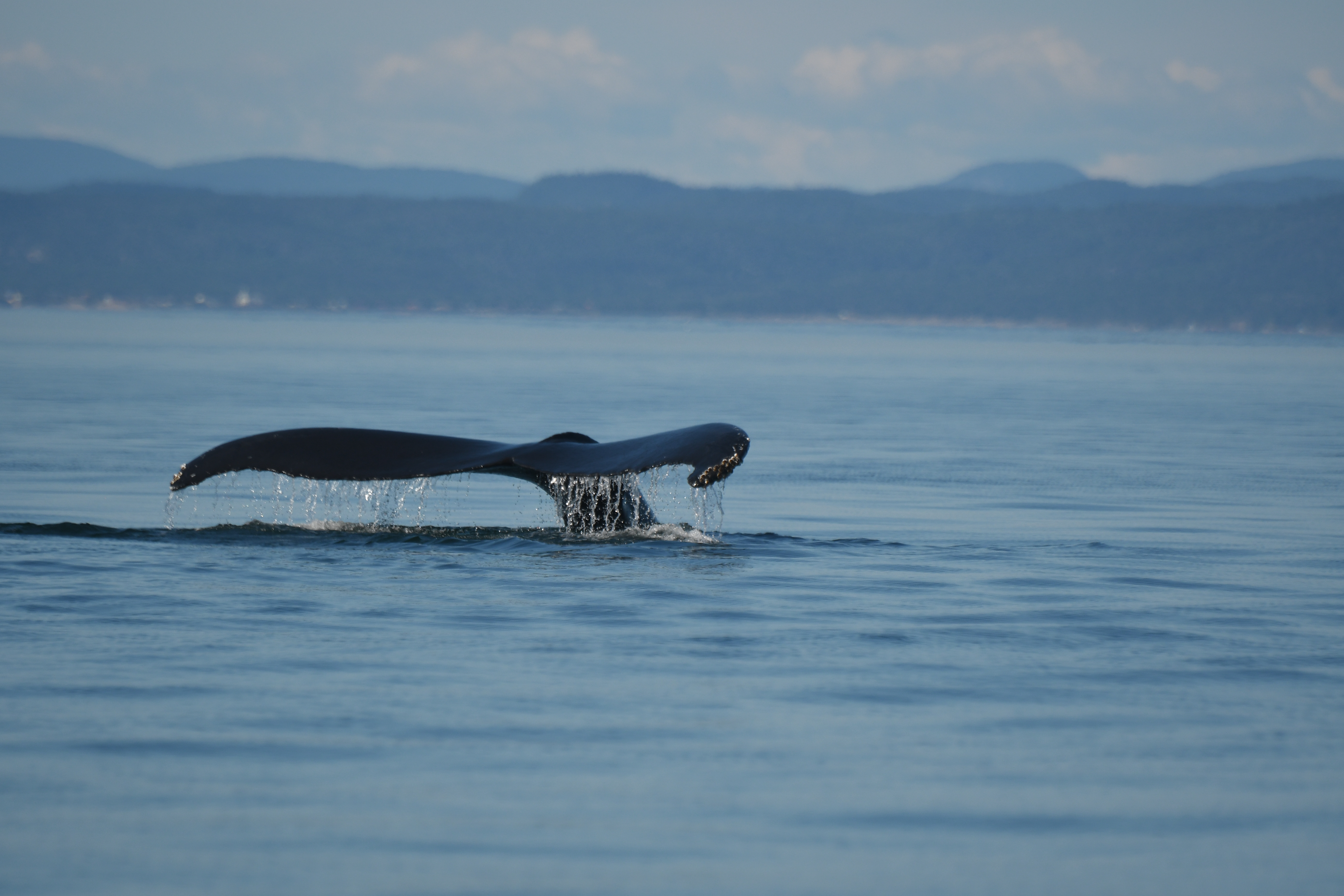According to a recent study, researchers examined whale skeletons and carcasses of all sizes to obtain measurements of their body parts. With these data and calculation models, they now have an idea of their maximum strength. Such knowledge can then be applied to design nets, ropes and other fishing gear that will give way when the animals attempt to break free.
The results of the study conducted by the team from the University of North Carolina, Wilmington were published in the journal Marine Mammal Science on May 5, 2015. To estimate the maximum propulsive force that whales can attain with their caudal fin (commonly called the tail), marine biologists have conducted measurements on dozens of skeletons of various whale species displayed in museums and on carcasses. Indeed, it is with this fin, which moves up and down, that these marine mammals can swim, with their pectoral fins being used instead for balance and for direction.
Researchers have begun to perform their calculations based on measurements of the cetaceans’ size, their vertebrae and the sections of the muscles they use to swim. These measurements were taken from dolphins to the largest whales, such as right whales and sperm whales. They also measured the muscle strength of live dolphins placed in pushing-and-pulling simulations, and applied these ratios to other species.
Scientists provide feedback on the results of their study. According to popular belief, the great whales are perceived as the strongest and most powerful animals on the planet. In fact, the axial muscles of their tails are particularly strong, but considering that this strength is not infinite, they are unable to break all kinds of ropes or nets. For whales trapped in fishing gear, it is a slow and agonizing death. For endangered species, entanglement is a threat that hampers conservation efforts aimed at increasing their populations. According to one of the surprising aspects of this study, the great whales are less powerful than dolphins, all size proportions considered.
Sources
On the Smithsonian Science News website:
New study may help free whales from fishing rope entanglement
On the Wiley Online Library website:
Estimating maximal force output of cetaceans using axial locomotor muscle morphology
To learn more
On the Take Part website:
The Cost of a Crab Dinner: Dead whales
On the ABC News website:
Humpback whale numbers increasing as conservation practices take effect; tourism benefiting
On the Los Angeles Times website:
A record number of West Coast whales were entangled in crab fishing gear
On the MauiTime website:
Humpback Whale National Marine Sanctuary has freed a lot of entangled whales
On the Press and Journal website:





